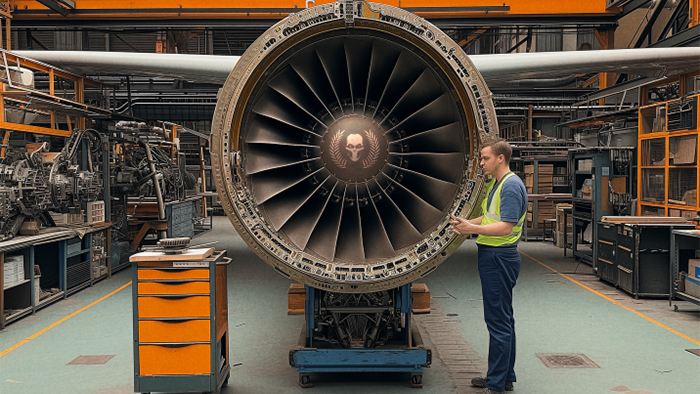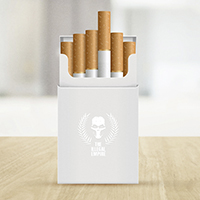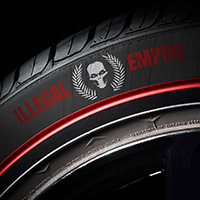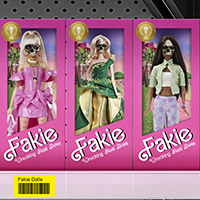Planes using illegal or unapproved parts are a growing, and under-reported problem.
It’s an open secret in the aircraft industry, but not one that the flight attendants draw attention to in your safety briefings. The chances of the aircraft you take your next holiday on containing counterfeit or unapproved parts is growing at an ‘epidemic’ rate. And that has real implications for safety.
Exact, and recent, numbers are hard to come by for understandable reasons. Airlines are not willing to widely share information about ‘suspected unapproved parts’ (SUPs), given the reputational damage that would cause. Few, if any, airlines are actively looking for cheaper, fake components, but supply lines can be compromised by criminal gangs.
In 2018, the US Federal Aviation Administration confirmed that 3,000 SUPs had been discovered since 2011. In fact, in 2016, another arm of the US federal government found that ‘unapproved parts’ had played a role in nearly two dozen aeroplane crashes in the US since 2010, resulting in seven deaths and 18 injuries.
It’s not just commercial aircraft that are the target of counterfeiters. Reports from the US suggest that the counterfeit parts problem in the US military has reached ‘epidemic’ levels, with the costs of fake parts hitting $6 billion a year.
It’s a problem driven by global supply chains, and the subsequent difficulties in maintaining transparency and traceability in procurement. In 2017, a whistle blower from Moog, a Chinese supplier of US flight control systems, reported to the FAA that one of Moog’s suppliers had faked certificates, outsourced work to non-accredited contractors and used substitute materials without Moog’s knowledge. The FAA’s investigation confirmed that 273 affected parts were installed in an unknown number of Boeing 777, setting off major alarms in the industry.
The complexities of global supply and the high value of the demand makes the fake aircraft components market extremely lucrative to many. And that is exacerbated by the silence of the aircraft companies anxious to preserve the reputation of the industry.
The aviation authorities remain almost powerless in their ability to track down the trade, while the longevity of aircraft types, which can remain in service for decades, means that the component production is an equally long-term proposition.
Industry self-regulation can support the issue, but many within the industry believe it won’t be tackled until it is seen as a criminal rather than regulatory issue.
The Moog whistleblowing case was shut down by regulators and no criminal action was taken.
Find out how Crime Stoppers International is tackling this and other illegal trade.









